Condenser
Condenser is a key component in refrigeration and air conditioning systems that facilitates the transfer of heat absorbed by the refrigerant to the outside environment. It operates by converting the refrigerant vapor back into liquid form through condensation. This process releases heat into the surrounding air or water, allowing the refrigerant to cycle back through the system and continue the cooling process. Condensers are crucial for maintaining the efficiency and functionality of cooling systems by releasing heat from the refrigerant and preparing it for the next cycle of cooling.

Condensers
Uses of
- Heat Rejection: They facilitate the release of heat absorbed by the refrigerant in the evaporator during the cooling cycle.
- Phase Change: Condensers convert the refrigerant vapor back into liquid form through condensation, releasing latent heat.
- Efficient Cooling: By expelling heat to the external environment (air or water), condensers ensure the refrigerant is ready to absorb more heat in the evaporator, maintaining efficient cooling.
- Temperature Control: They play a critical role in controlling and maintaining the temperature within the chiller system by regulating the condensation process.
- Cycle Completion: Condensers complete the refrigeration cycle by preparing the refrigerant for compression by the compressor, ensuring continuous cooling operation.
Condensers
Versatile Applications of
- Air Conditioning: Providing cooled air for comfort and climate control in residential, commercial, and industrial buildings.
- Process Cooling: Cooling industrial processes in manufacturing plants, food processing facilities, and pharmaceutical production.
- Data Centers: Maintaining optimal temperatures to ensure reliable operation of servers and IT equipment.
- HVAC Systems: Supporting central cooling systems in large facilities like hospitals, universities, and office complexes.
- Refrigeration: Used in cold storage facilities, supermarkets, and food distribution centers to maintain low temperatures for food preservation.
- Critical Cooling: Ensuring precise temperature control in environments sensitive to heat, such as laboratories and medical facilities.
Other Chiller Spares We Manufacture
Scroll Compressor
A scroll compressor is a type of positive displacement compressor that uses two interleaved spiral-shaped scrolls to compress gas. One scroll is stationary,

Semi-hermetic Compressor
A semi-hermetic compressor is a type of compressor where the motor and compressor are enclosed in a single, sealed housing, but unlike fully hermetic compressors,
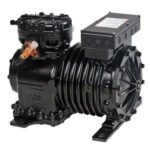
Hermetic Compressor
Hermetic Compressor is a type of compressor widely used in refrigeration and air conditioning systems. It features an airtight housing that encloses both the motor and the compressor,
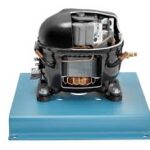
Screw Compressor
Screw Compressor is a type of rotary compressor that uses two intermeshing helical rotors to compress gas or air. As the rotors rotate, they trap and compress the gas
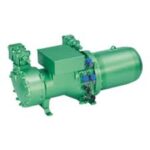
Reciprocating Compressor
A reciprocating compressor is a positive displacement device that compresses gas by using a piston driven by a crankshaft. The piston moves back and forth in a cylinder
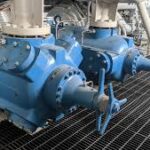
Rotary Compressor
Rotary Compressor is a type of gas compressor that uses a rotating mechanism, such as screws, vanes, or scrolls, to compress gas. The rotating elements trap and compress
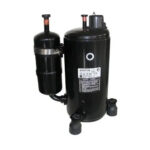
Refrigeration Gases
Refrigeration Gases, also known as refrigerants, are substances used in refrigeration systems to transfer heat from one area to another through a cycle of evaporation and condensation.
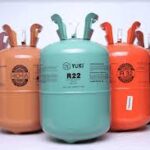
Axil Fan
Axil Fan is a type of mechanical fan commonly used for moving air or gas parallel to the axis of its blades. Unlike centrifugal fans that generate airflow perpendicular to the fan blades
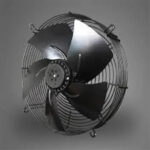
Chiller Pumps
Chiller Pumps, also known as condenser water pumps or circulation pumps, are essential components in chiller systems. Their primary function is to circulate water
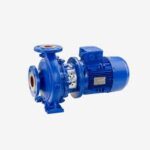
Chiller Control Panel
Chiller Control Panel is a centralized component of a chiller system that oversees and regulates the operation of key components such as compressors, pumps
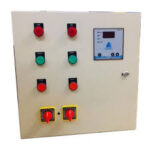
Expansion Valves
Expansion Valves are mechanical devices used in refrigeration and air conditioning systems to regulate the flow of refrigerant into the evaporator. They maintain a controlled reduction

Copper Pipes and Fittings
Copper Pipes and Fittings are commonly used in plumbing and HVAC systems due to their durability, corrosion resistance, and excellent heat transfer properties.

